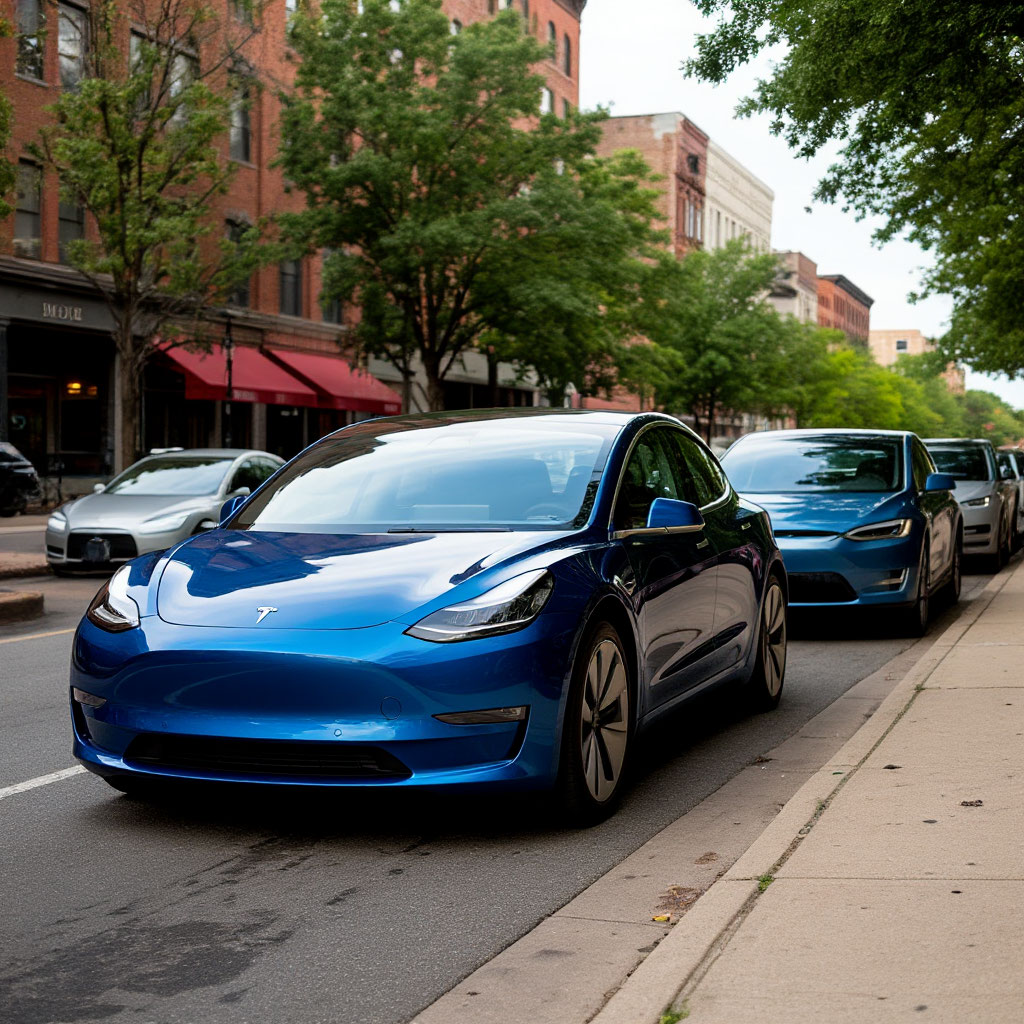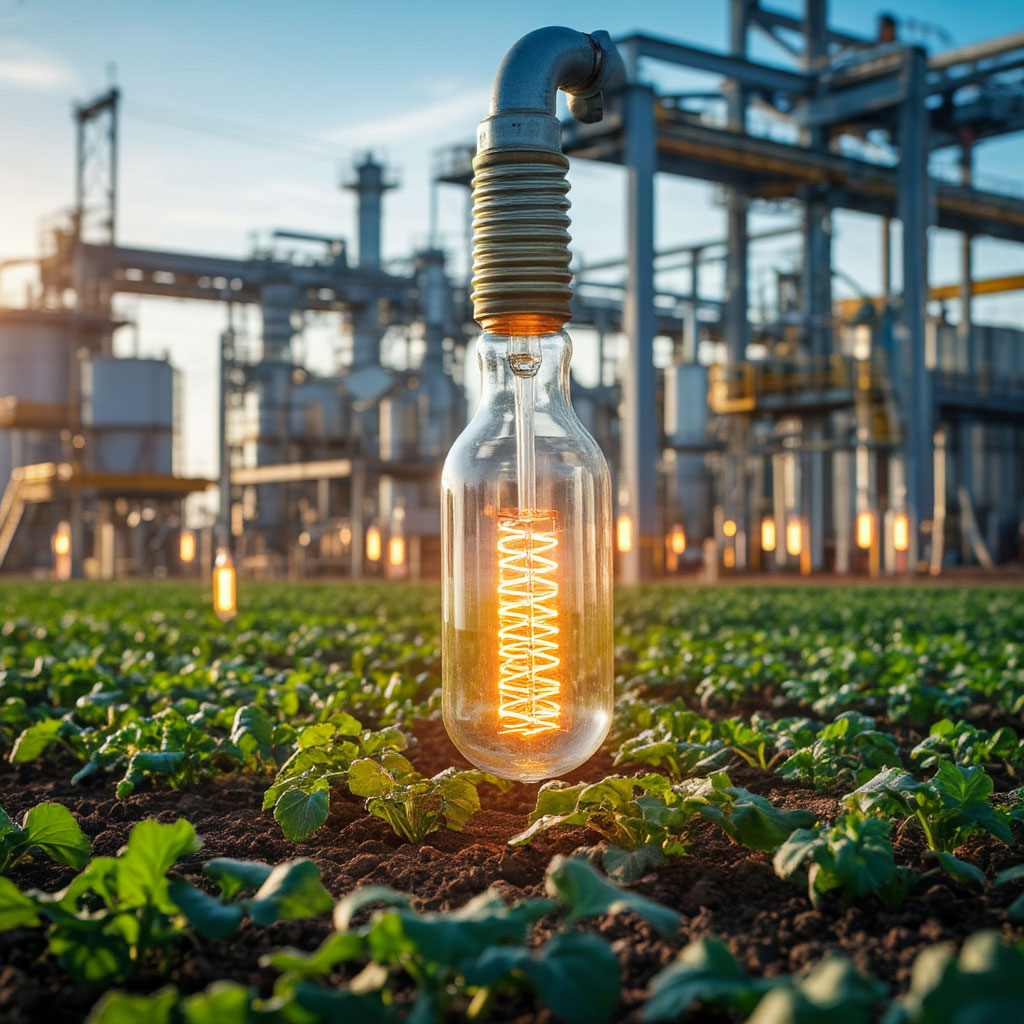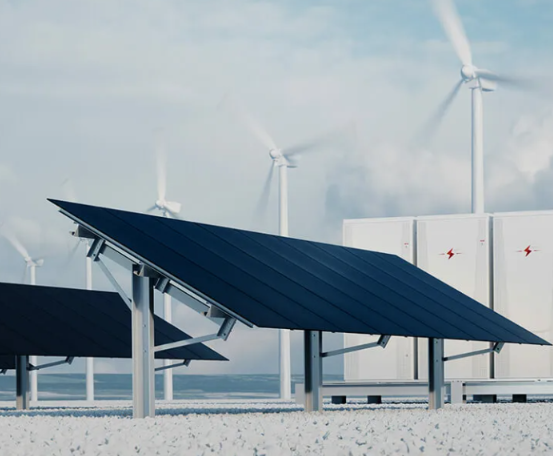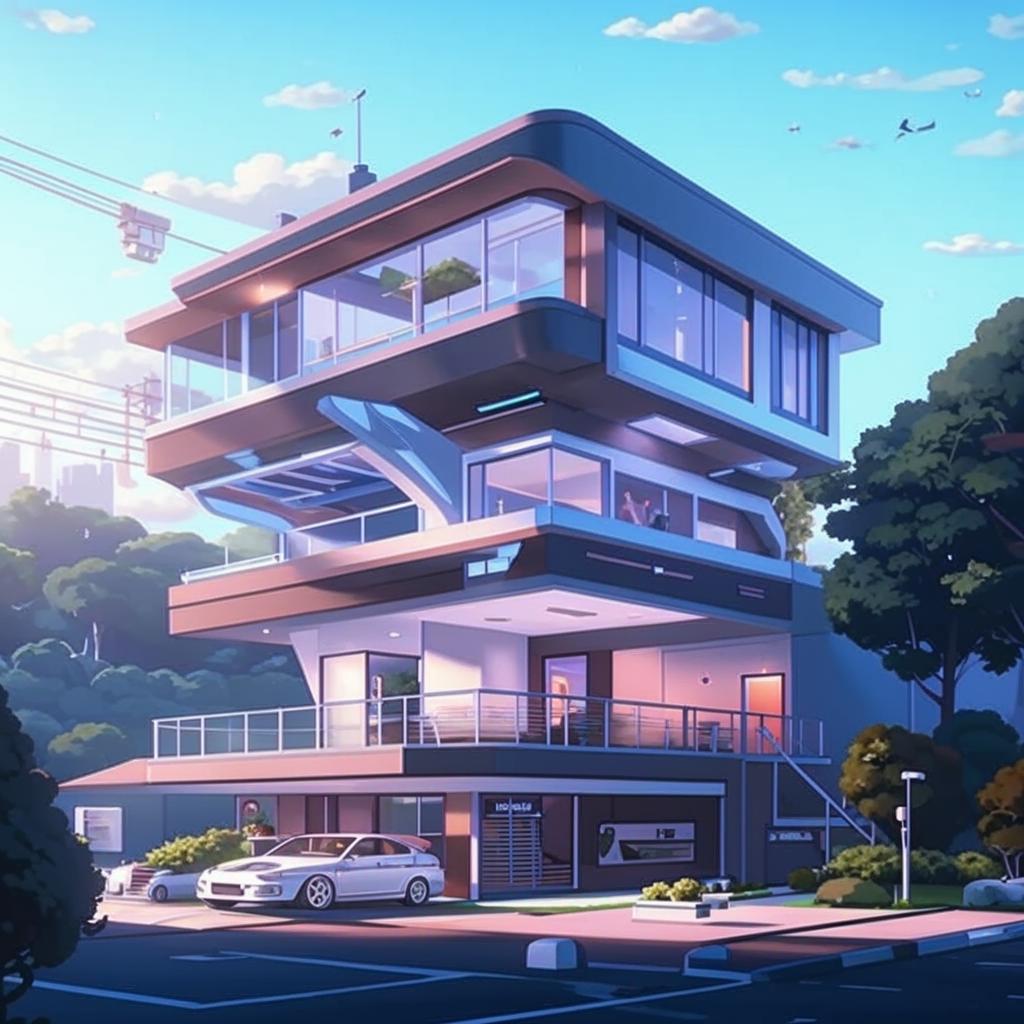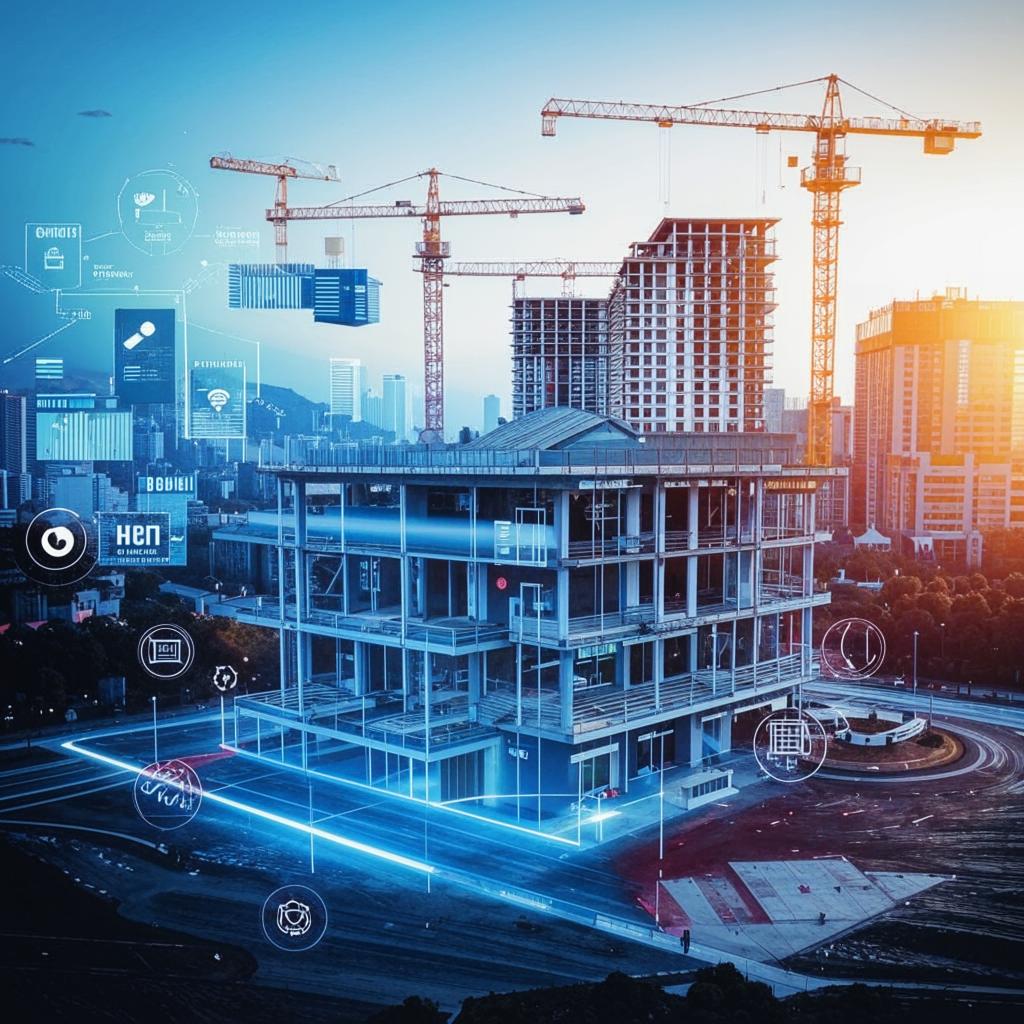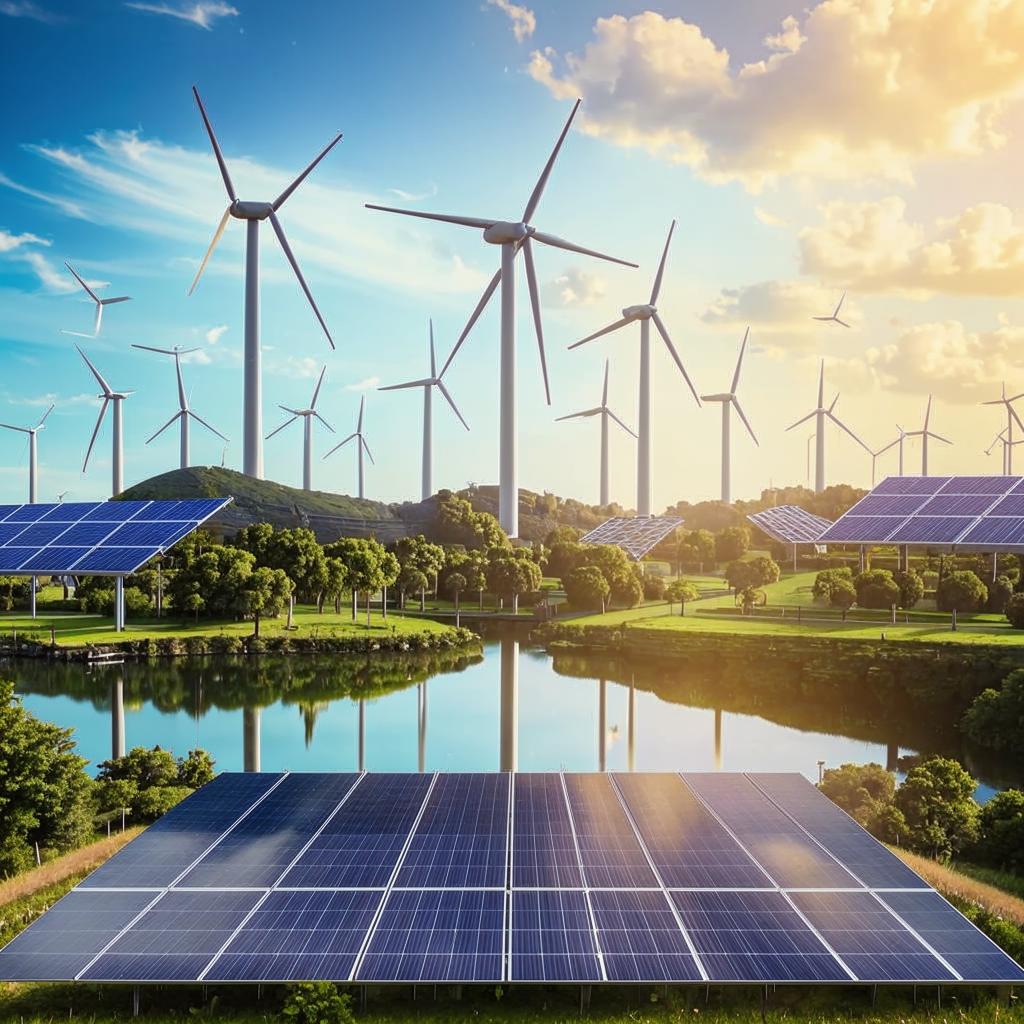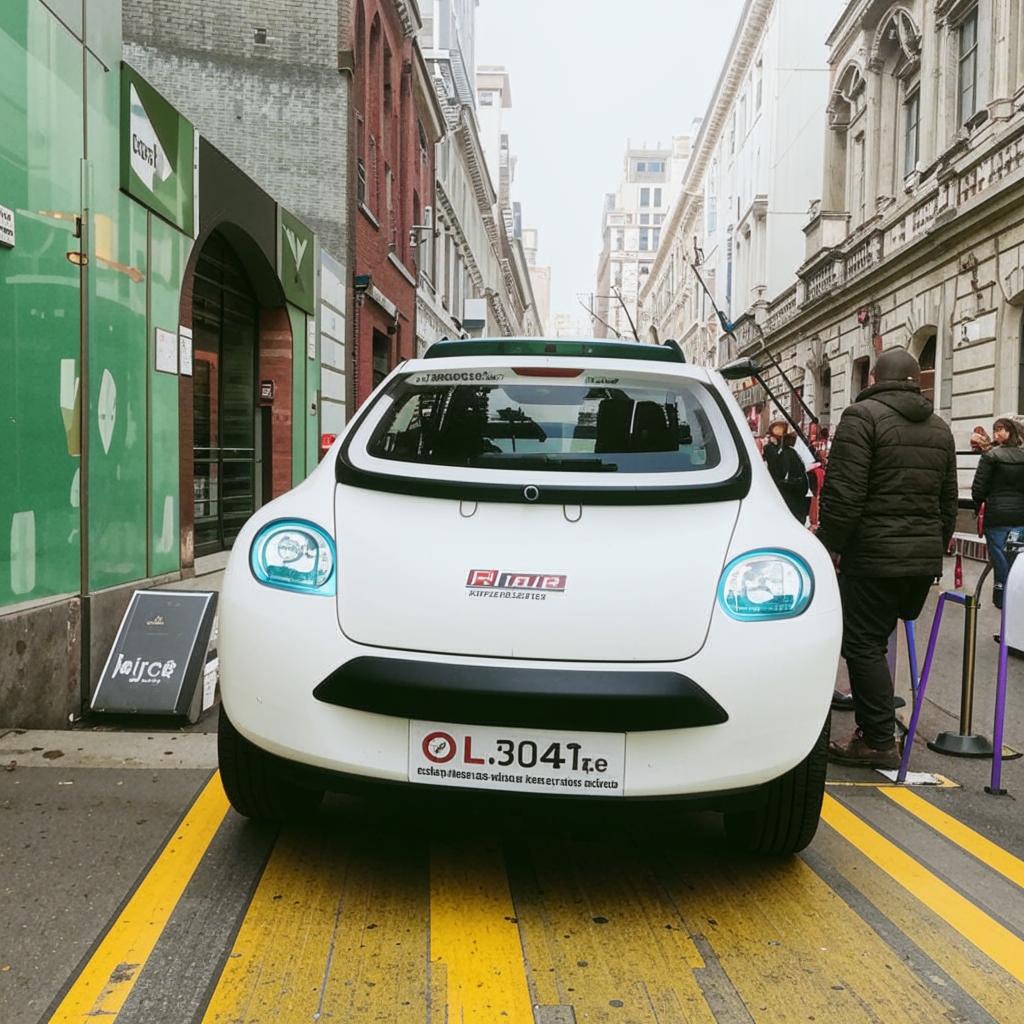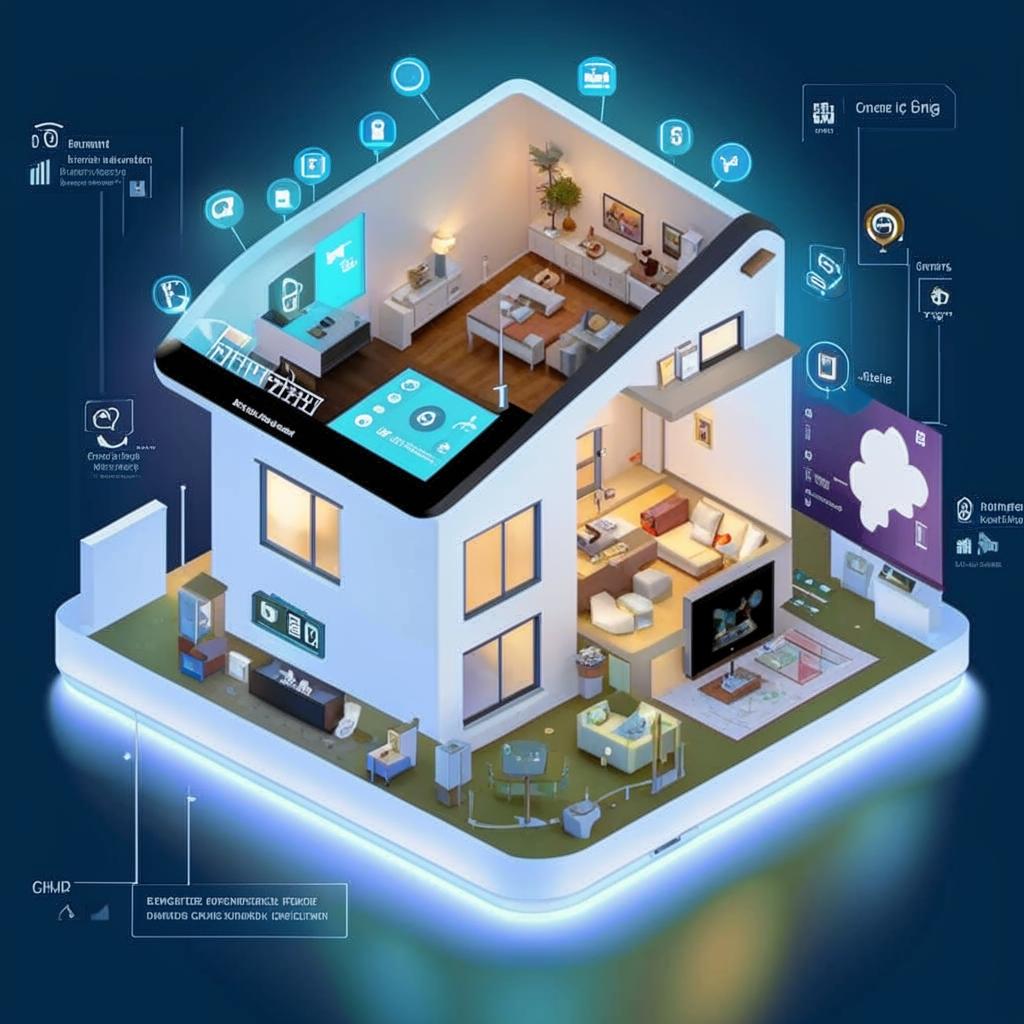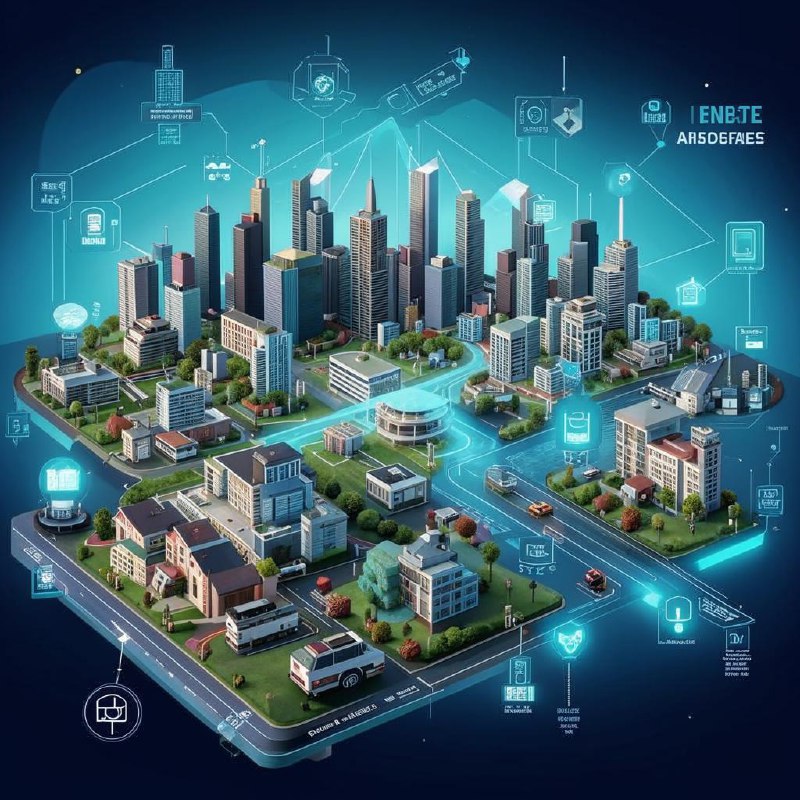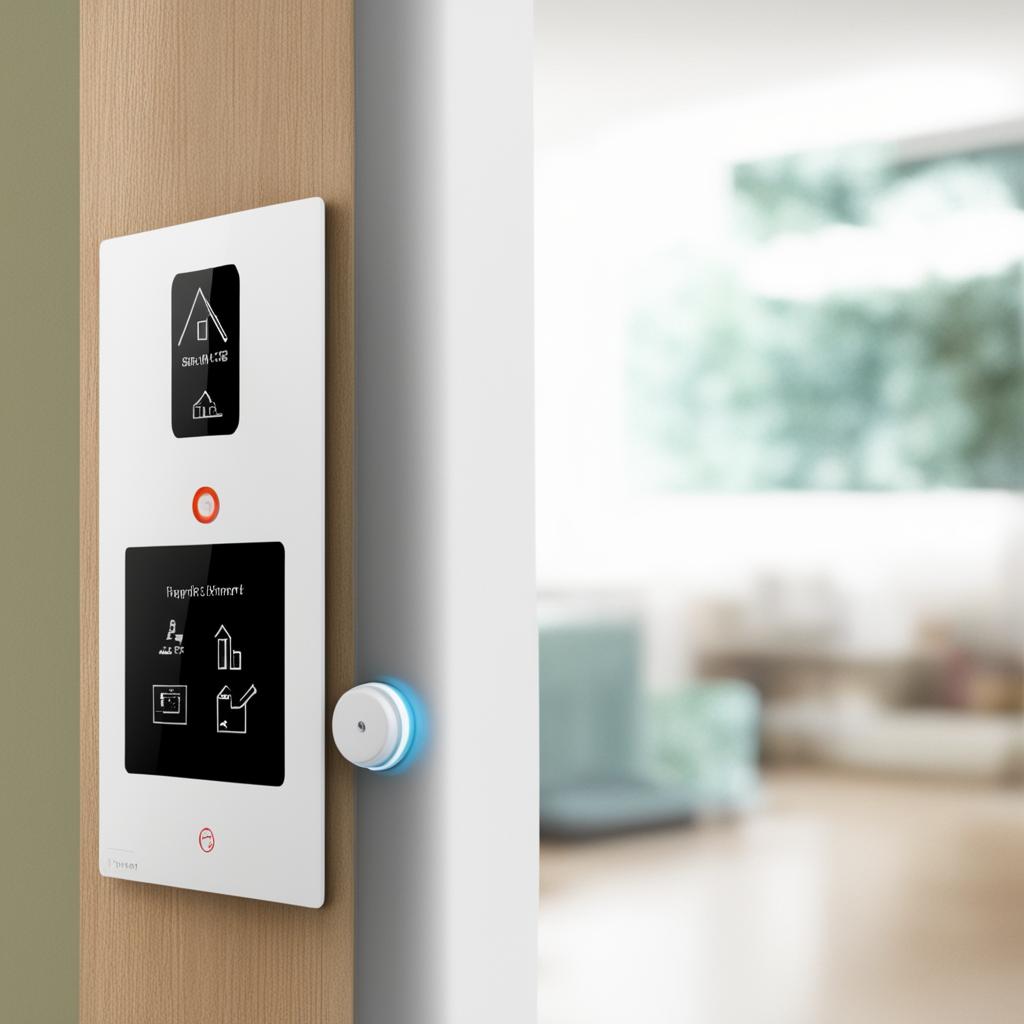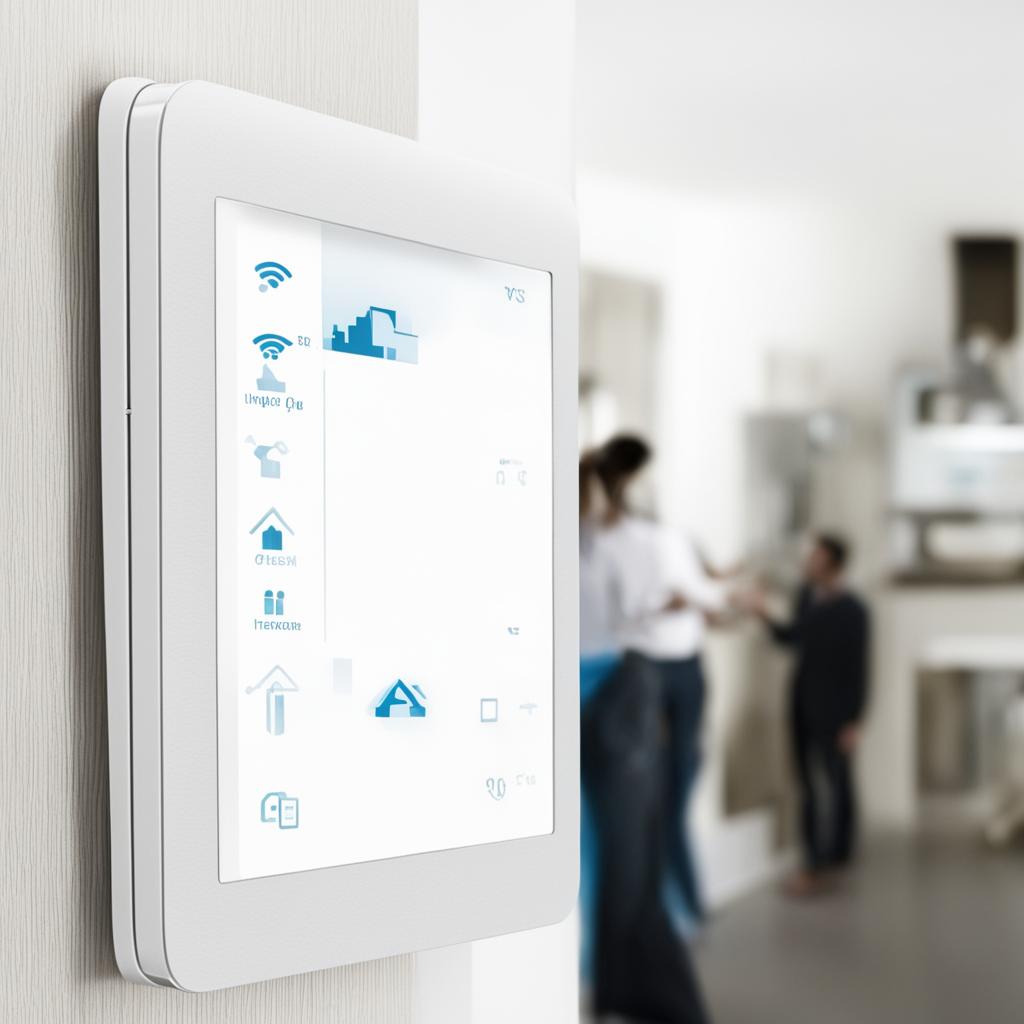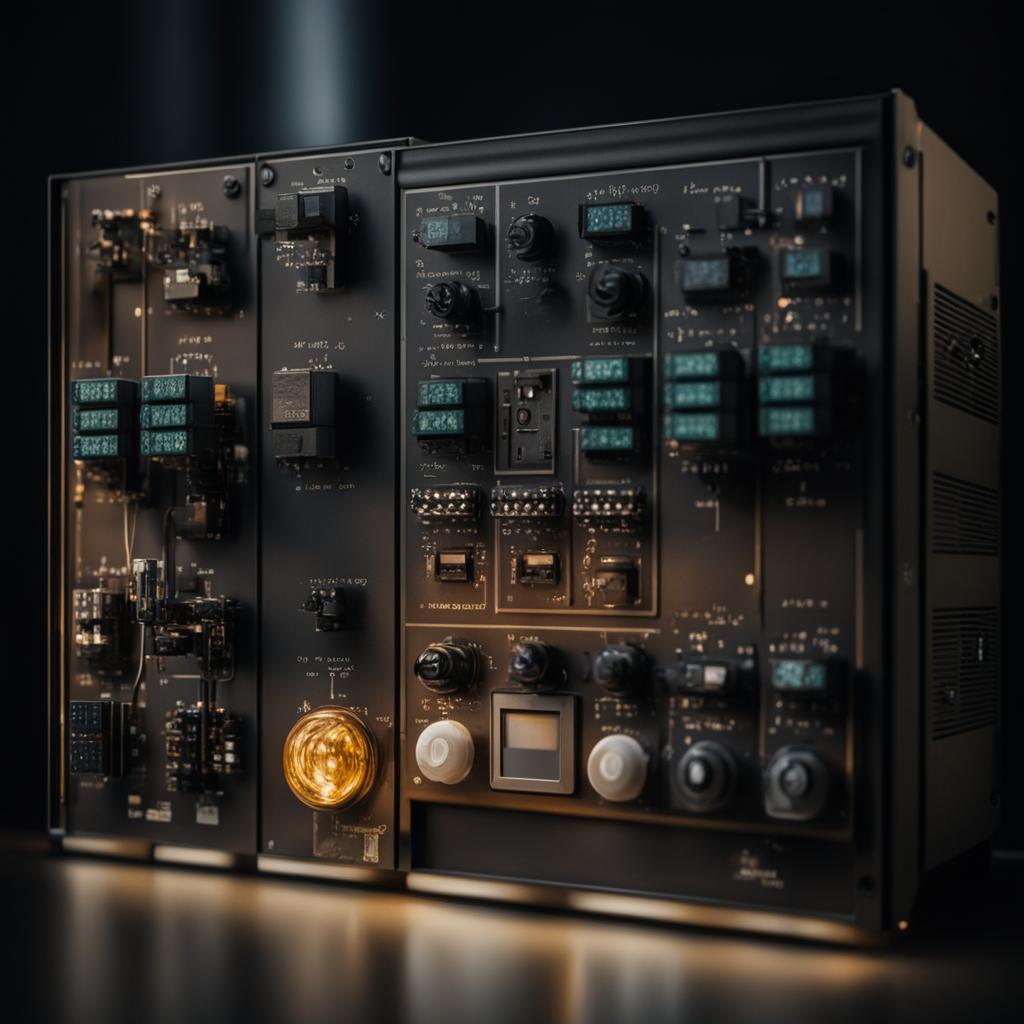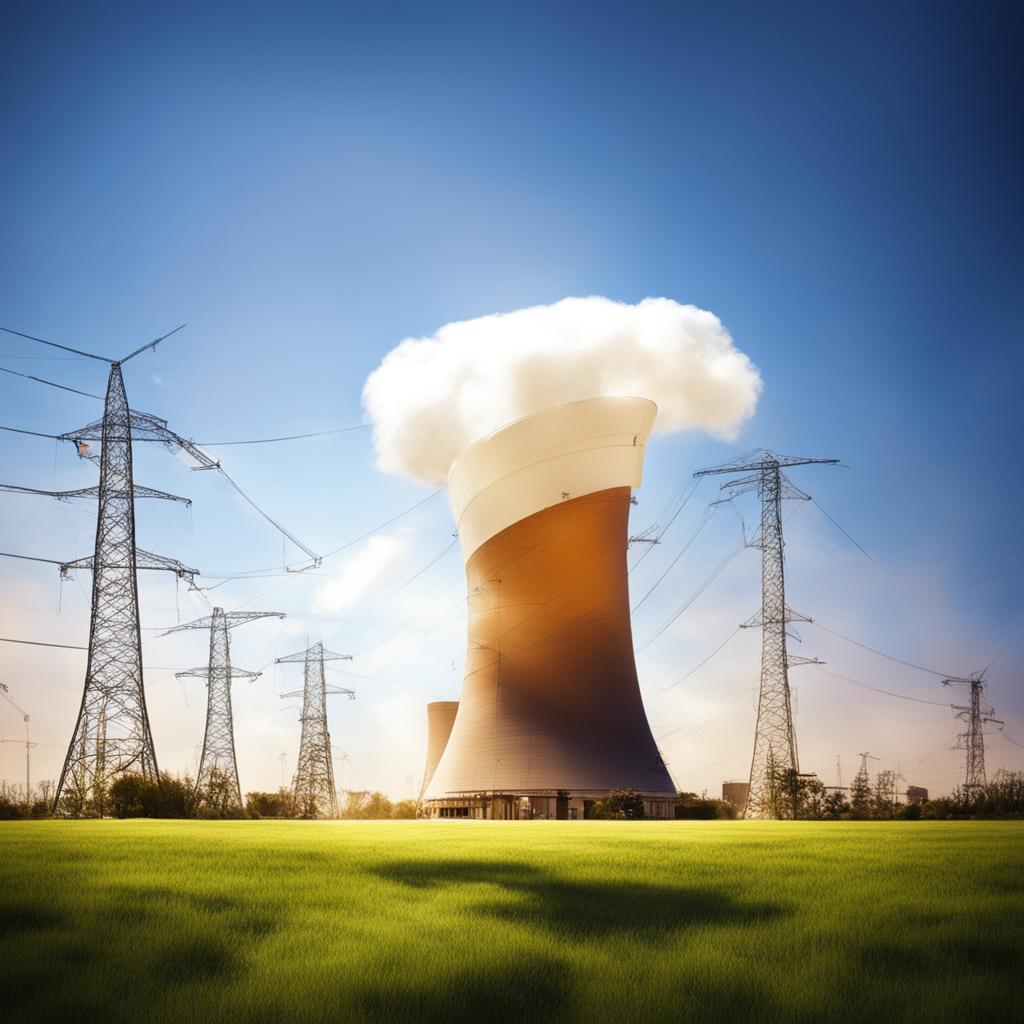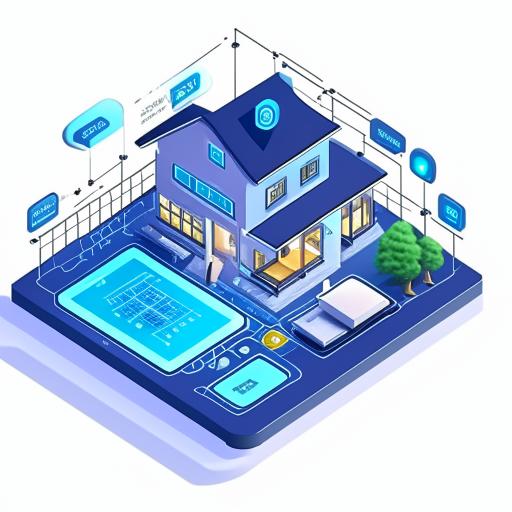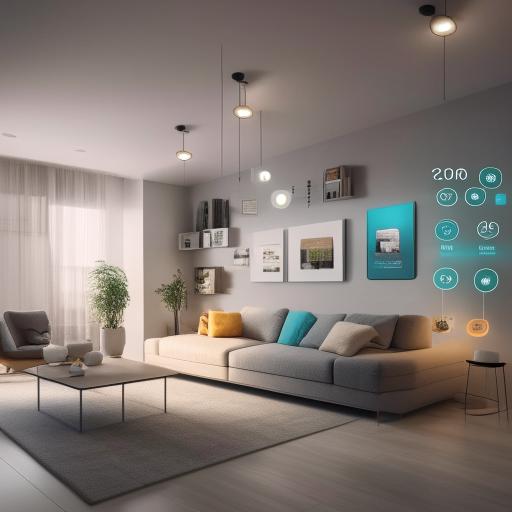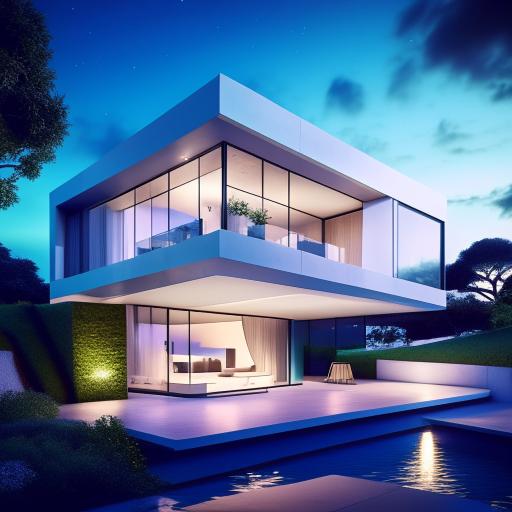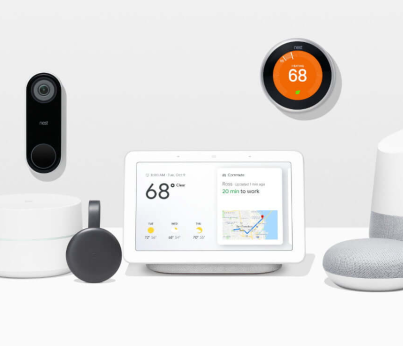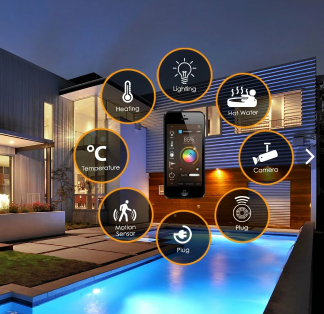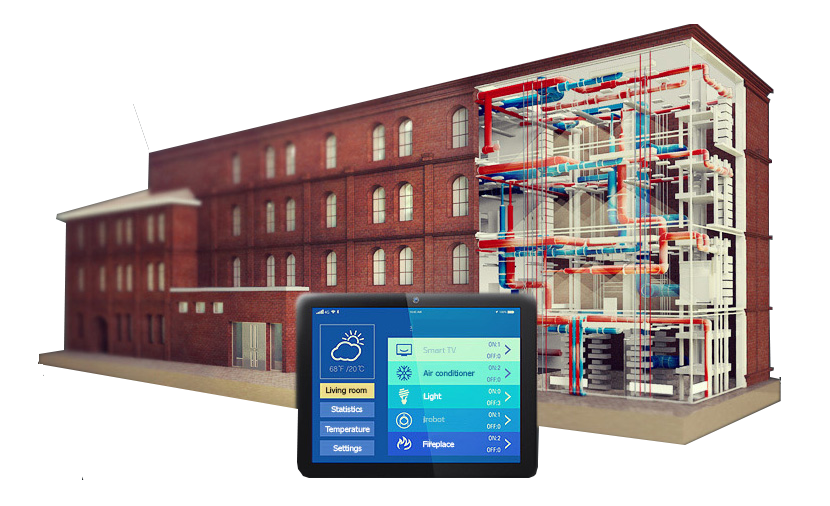
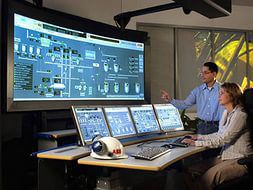
Heating system
The main direction of heat supply automation is the system for dispatching heat carrier metering devices. You can see more about it in the corresponding section.
The system can also be programmed to automate the operation of an Individual heating point (ITP) on / off depending on temperature of the coolant, the time of the beginning and end of the heating period and shutdown in case of an accident. by a signal from a differential pressure sensor, indicating a pump malfunction or leakage in the circuit. In the "Emergency" mode valves overlap and the flow rate of the coolant of the corresponding circuit is adjusted, as well as the operation of the ventilation system is stopped? installation. Does the ITP stop working in the presence of critical malfunctions?.
Refrigeration system
Basics? system is the chiller providing? preparation and circulation of the coolant in the circuits of the ejection climatic beams, heat / cold floors and in the air preparation circuit in the ventilation room? installation.
In the case of district cooling, the main control action goes to the chiller. The chiller integrated into the general ventilation system is involved in the process of distributing the refrigerant between consumers, air conditioning units, underfloor heating / cold floor systems, etc. The ventilation system sends a request to the chiller to supply refrigerant at a certain temperature.
Does the chiller automatically turn on and off when the refrigeration demand changes from shift? season. Upon detection of non-critical? faults (pump failure or leakage in the circuit, fixed by differential pressure sensors), the chiller switches to the "Emergency" mode: the valves overlap and the coolant flow rate in the corresponding circuit is adjusted, and the ventilation unit stops. When critical? malfunction, the chiller will automatically turn off.
If the consumption changes? capacity the chiller can regulate the flow and temperature of the refrigerant to help reduce the consumption? power.
Does the control and dispatch system make the chiller operational? mode only if there is permission by priority (the presence of a reserve of energy consumption).
Ventilation system
Does the control and dispatch system start and stop the ventilation unit, and also depending on the indication? sensors transmits control actions in the form of settings and operating parameters. The ventilation unit sends data on power consumption and the state of the power supply to the power supply system, and also requests from the ITP or chiller the required amount of heat / coolant required? temperature.
The ventilation system automatically turns off when there is a long absence of residents in the apartment, in case of accidents of a certain type, as well as during maintenance.
Vent machines can also operate in high mode? heating or cooling power during preparation (after a long absence of residents) or with a significant increase in heat output? load.
If the fans or dampers malfunction, the filters are clogged, supply air preparation is not possible, and other malfunctions, the unit goes into the "Emergency" state ;. In the event of a serious threat, the unit shuts down with automatic generation of an SMS message.
Light control
In the case of natural light, the automatic shade system can create conditions for the penetration of sunlight at one level or another. This allows you to avoid overheating the room when there are no people in it, and vice versa, it will allow you to heat the room in a natural way.
Artificial lighting is controlled through a system of presence sensors. The main tasks are:
-Automation of lighting in rooms that do not require constantthe absence of a person.
-Dimming the lighting will create an optimal lighting brightness for perception by the human eye.
-Turn off part of the main lighting during non-working hours.
-Turn off outdoor lighting.
Weather Station
Real-time weather monitoring the help of a weather station allows the system to respond as quickly as possible to climate change. For example, if it starts to rain or strong wind. the system will close the windows, when the outside temperature rises, it will close the curtains in advance. Depending on the weather conditions, the system operation parameters can be set taking into account the particular climate of the area, the height of the building and other parameters that affect the management of the facility.



